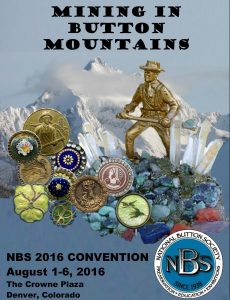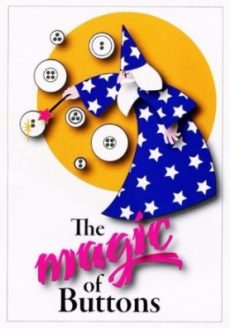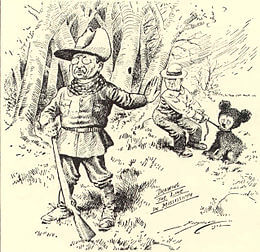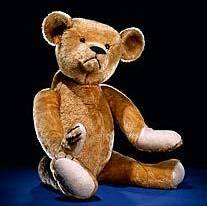International Sweater Vestival
Today is the International Sweater Vestival, also known as Sweater Vestival or the Festival of Sweater Vests. Always occurring on the first Friday of December—identified by some as the second Friday after Thanksgiving—it celebrates the sartorial splendor inherent in the collective donning of sweater vests.
The first known mention of “Sweater Vestival” occurred in 2008 when Carolyn Johnson interviewed the holiday’s creator for the Boston Globe. Who is this mysterious genius? Is it Johnson herself? Perhaps fearing scandal, Johnson isn’t telling; one might say she’s playing her cards close to the vest. Here is an excerpt from the article.
Q: Why should I wear a vest? Isn’t this a made-up holiday?
A: It certainly is made-up, and that is exactly why you should take part. All holidays are made-up – a collective recognition of some person or historic event or cause. These can range from the sincere to the ironic to the nonsensical. In apparent seriousness, for example, Michigan Governor Jennifer Granholm established Narcolepsy Awareness Day on March 9. A more arch holiday is 11/11, set aside for the Corduroy Appreciation Club to “hail the wale.” Name your cause and there’s a day: International Talk Like A Pirate Day (Sept. 19), World Wide Knit in Public Day (the second Saturday in June), or National Boss Day (Oct. 16).
The purity of a holiday’s origins tends to get buried in the commercial detritus that blossoms in the middle aisle of local drugstores. So understand that the Sweater Vestival is a nascent holiday – a rare opportunity to get in on the ground level of a holiday, before manufacturers are churning out tiny, edible, foil-wrapped vests.
[Editor’s note: seen on store shelves since 2015]
More importantly, it is not a holiday about historical figures or causes or ideals: It is about all the other people who wear the vest.
Q: Can you tell me more about the holiday’s origins?
A: The second Friday after Thanksgiving is a lull in a jam-packed holiday season and a perfect day for people to continue the holiday cheer with something subtle yet uplifting. Unlike other faux holidays – such as Festivus, which first appeared on the sitcom “Seinfeld” as a protest against holiday-season commercialism – Vestival is not a joke at all. It also happens to be funny.
Q: Why is Vestival important?
A: On a superficial level, Sweater Vestival isn’t about something “deep.” In contrast, on a superficial level most other holidays are: Veterans Day is about the serious topic of honoring soldiers who have fought in wars to protect this country. President’s Day salutes our forefathers. Valentine’s Day is about love. But if you look beneath the surface, Valentine’s Day is more about candy and overpriced bouquets. Presidents’ Day has become synonymous with sales at car dealerships, and many people see Veterans Day as just another day off, not an opportunity to consider wars and the weight of history.
Despite its seemingly shallow artifice, though, Vestival carries unusual depth. People wearing vests smile at each other in recognition, discuss the origins of their vests, or give each other compliments. At a time when people can feel more alone than ever, wearing a sweater vest is a reason to connect.
What are you waiting for? Grab those thrift store finds; gifts from Christmas past languishing in the back of your closet; or any sweater you have the urge to liberate of its sleeves. (Common sense advice: obtain permission before wielding the scissors if the aforementioned sweater belongs to someone else.)
Embrace the cold shoulder(s) and have a happy International Sweater Vestival!
![]()


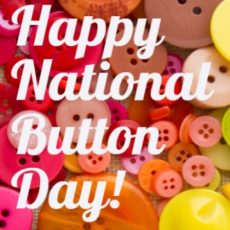 National Button Day
National Button Day